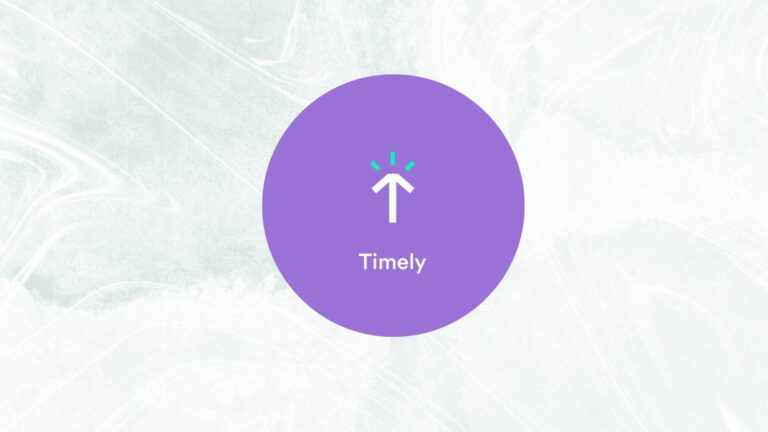Workforce management (WFM) refers to a collection of human resource management (HRM) practices within an organization that is designed to improve workers’ efficiency and effectiveness.
That goal can be reached by putting the right people on the right tasks at the right times. Essentially, WFM processes encompass all that must be done to keep a productive workforce running smoothly.
Workforce management (WFM) refers to a collection of human resource management (HRM) practices within an organization that is designed to improve workers’ efficiency and effectiveness. The main processes and features supported by a WFM solution are:
Scheduling staff, keeping track of time and attendance, keeping track of absences (holidays, sick days, etc.), keeping track of overtime, processing payroll and managing benefits, and keeping track of time and attendance analytics.
Table of contents
What are workforce management processes?
Within the context of the workforce management system, a process is any action or set of instructions that achieve one of the two goals: tracking employee time and attendance or using that information to boost the business’s overall efficiency.
A company’s greatest asset is its people. To this end, it is crucial to have a well-thought-out company plan that allows you to select personnel for certain tasks in a way that takes into account their availability, skill set, and other factors.
What follows is an explanation of the processes that make up the WFM system, along with a detailed description of each.
An effective workforce management strategy requires a series of steps to be completed in a particular order. This is due to the fact that some processes impose prerequisites on others, making them wait until the first one is finished before moving on.
The 5 must-have procedures are as follows.
However, depending on the nature of your enterprise, you have the flexibility to incorporate additional procedures as necessary.
Step 1- Gather the data
The first step in any form of measurement is, of course, to get the data. It’s very evident that without accurate data, it’s impossible to assess your company’s performance or make meaningful comparisons between your employees’ output.
Timesheets can be used to ensure that certain goals are met, including as
try your best to foretell your upcoming job load
As necessary, add more staff and organize your workload more effectively.
Step 2- Forecast the workload
You can develop estimations once you collect the necessary data about your projects and workers. Monthly or annual forecasts are essential for planning forward and achieving your company’s objectives.
Predicting future workload also involves considering whether or not your current staff will need to be increased to accommodate it. This is essential for the next phase.
You could, for instance:
- Think about what you can learn from your time-tracking software
- You can use it to estimate how much work you will have in the future.
Step 3- Calculate the staff requirements
The term “staff requirements” can be used to refer to two important facets of an employee’s work:
- Competency
- Experience and knowledge gained over time
Tracking employee time and attendance tasks could reveal situations where your team spends an excessive amount of time on specific activities, leading to potential missed deadlines. In line with insights gained from earlier stages, this data serves as a clear indicator that additional staff may soon be required to manage the increasing workload effectively.
Step 4- Build staff schedules
If your organization operates on two or more shifts of eight hours each, scheduling staff shifts correctly can be the difference between success and failure.
Individuals can be roughly divided into two groups, morning larks and night owls, according to their natural rhythms and preferred ways of life. This means there is no one time of day when everyone will be at their peak productivity, and the plan needs to account for this.
Some of the many ways in which you may use the information gleaned from time monitoring to better organize your day and divide up your work are included below.
If Syam delivers faster, higher-quality results for a specific sort of task during the morning shift, then he should be assigned mostly to the morning shift. The reason is that Syam is a morning person who is at his most alert and productive first thing.
However, if it turns out that Fareia is the most efficient during the night shift, she should be assigned in at those times when you really need her to be there. By the analogy we’ve used, the explanation is Fareia being a night owl, someone who is more productive during the night.
Step 5- Assess everyone’s daily performance
Because of their focus on the big picture, executives often lose sight of the details of day-to-day operations, particularly as they relate to individual employees. Supervisors and managers can learn more about their employees’ strengths and weaknesses through the use of a workforce management system.
For this evaluation phase, using the report’s information on how much time your team actually spends working, you can better answer the following questions:
- Is it true that the hand-picked workers are excelling at their jobs?
- Is your team as a whole productive?
- Are the new employees contributing to your success?
What are the advantages of efficient workforce management?
Implementing workforce management has a lot of benefits for both a company and each of its employees. In general, each of the benefits will help you take care of the important things your business needs, such as:
- Make sure you get the right people to do the right jobs at the right time and in the right place. As a result, your company or organization is likely to make more money and be more productive.
- It helps you figure out what’s going on in your company right now. So, you’ll be able to get the most out of your resources and spend less on labor without lowering the quality of the work.
- Makes sure you follow national, local, and union laws. So, you can keep your business running and within the law.
- Helps people give better services by showing them how to do their work faster. Because of this, you will make your customers happier.
What is the importance of workforce management?
Now that you know how to successfully implement the WFM system, we can talk about the bigger picture of workforce management.
Many companies still misunderstand workforce management and planning as a straightforward method for determining their staffing needs. However, as the aforementioned benefits show, this system is capable of much more. Those benefits can be amplified considerably by the suite of performance-based tools and software since automation naturally lessens the room for human mistakes.
A greater return on investment (ROI), more delighted customers, and happier employees all stem from taking a systematic approach to increasing the output of your teams and their individual members.
In short, the value of labor-management lies in the fact that it contributes to the expansion of a company’s productivity and, by extension, its bottom line.
One of the results is a boost to your reputation in the workplace.
Summary
Workforce management is a set of processes that help you get the most out of your employees so that you can reach the goals you’ve set for your company.
It’s a broad system that reminds you to keep an eye on all of your business’s important details.
So, it should be a must-have for any company or organization that wants to streamline work processes, boost productivity, stay compliant, and keep customers and clients happy.


